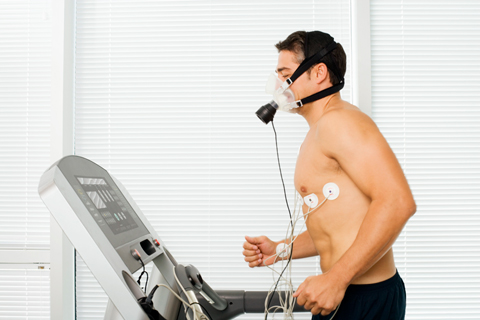

Figure 1. Assessment of VO2MAX in an incremental treadmill test.
As we have already explained several times (see here and here), High-Intensity Interval Training (HIIT) consists in alternating phases of high-intensity brief bouts and passive or active rest phases, the duration of each of these phases being variable depending on the protocols. According to the scientific literature, HIIT allows significant performance gains by improving the metabolic capabilities of aerobic and anaerobic energy systems.
Over the course of the experiments, it became increasingly clear that the amplitude of the response to this type of training is dependent on the duration, the intensity, the frequency of the phases of work but also the type (ie, active or passive) and the duration of recovery. Nevertheless, it is a little more difficult to define the optimal HIIT protocol (e.g., intensity, ratio between work and recovery, etc.) as the possibilities of realization are numerous.
In running, in middle distance races (ie, from 800 to 3000m), the MAS (Maximal Aerobic Speed) appears to be a determining factor in aerobic performance and race pace. MAS is the minimum speed that induces maximum oxygen consumption (ie, VO2MAX). Some authors suggest that working with HIIT to MAS could be ideal for improving VO2MAX and endurance performance...
In 2007, two researchers compared the effects of two HIIT protocols on the performance in 3000m, VO2MAX, MAS, the maximum time spent at MAS (TMAX) and the speed at lactate threshold. For this 10-week study, 17 mid-level runners participated. Tests were conducted at the beginning and end of the protocol to assess progression :
The main objective of the study was to compare HIIT sessions at MAS with sessions at higher speeds. All athletes then completed 10 weeks of treadmill running. They were divided into 3 groups.Table 1 summarizes the program of each group :

After 10 weeks of this protocol, all the athletes performed one more time the tests described above. The progress noted is presented in Table 2 :

The main results of this study are that HIIT allows better (absolute and relative) performance gains compared to "classic" training for mid-level runners. Moreover, it seems that the training with HIIT to MAS allows more pronounced gains in 3000m performance in comparison to HIIT achieved at an intensity higher than MAS, but the difference was not significant.
It seems that the time of each sprint influences the gains in 3000m performance, VO2MAX and lactate threshold speed. Indeed, Group 1 achieved 8 sprints of 3min30s on average, while Group 2 made 12 sprints of 30s. It may be that a longer training time is needed to produce greater metabolic adaptations, and therefore more marked progress in VO2MAX. In addition, the authors observed that, statistically, the only variable related to the 3000m performance improvement was VO2MAX.
The strong progression observed among the different variables studied may be due to the moderate level of the riders who took part in the study. However, other authors have shown in high-level athletes that progress was also made when athletes were training with HIIT at 60% of TMAX, although at their level, progress was less important.
It would seem that in HIIT, an intensity corresponding to MAS is very beneficial to endurance performance in middle distance. Nevertheless, a higher intensity, for example 130% of MAS, with shorter intervals will also allow gains in endurance (but in a less pronounced way), with probably metabolic improvements in the anaerobic energy contribution... It has to be noted that 30s/4min30s at 130% MAS is not an ideal protocol to maximally elicit time spent at V02MAX. A comparison with shorter intervals of HIIT (eg, 60/30s or 30/15s) would have been more interesting.
Moreover, the comparison of groups 1 and 2 is difficult since the two groups did not achieve the same weekly training volume (around 44 km / week for Group 1 and 37 km / week for Group 2), and the ratio Work / Recovery was very different in both groups (1: 1 for Group 1 and 1:9 for Group 2). Finding the optimal protocol in HIIT is a vast subject, and there are still many parameters to study.
The addition of HIIT in your training plan can break the monotony, allowing to make sessions more intense, shorter, to work on your running economy, to stimulate neuromuscular factors for similar or even higher earnings.
We remind you that you can quote articles by limiting your quotation to 200 words maximum and you must include a nominative link to this one. Any other use, especially copying in full on forum, website or any other content, is strictly prohibited. In doubt, contact us.
Copyright © 2011-2024 - www.sci-sport.com - All rights reserved